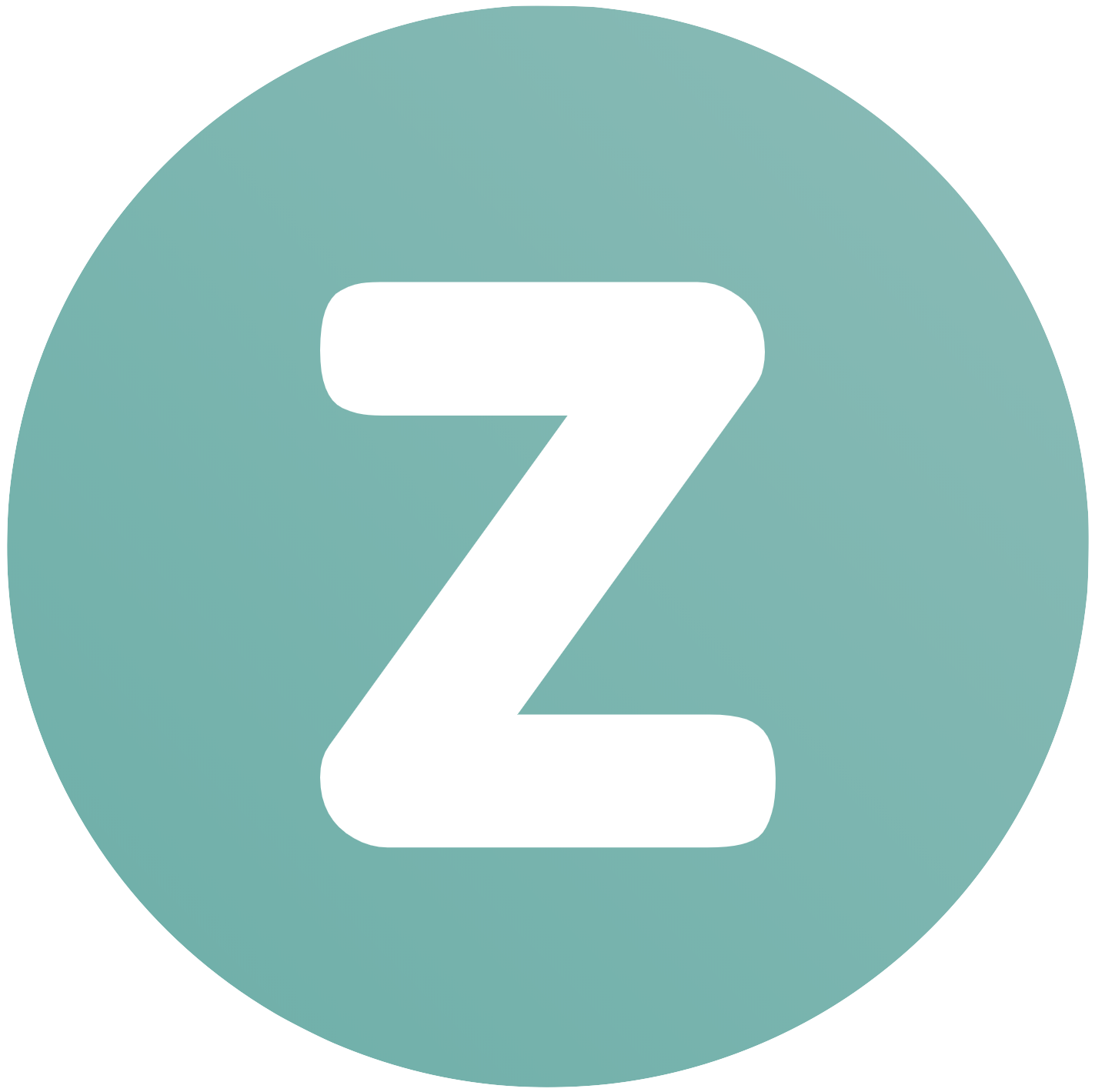Should I include password in Mnemonic phrase
Creating a New Wallet
When you’re creating a new wallet through the ‘Mnemonic Phrase’ option on Zillet, you are given the choice of whether or not to include a password. This password is essentially an extra word of your own choosing tacked onto the end of your phrase. For example, if you’re making a 12 word mnemonic phrase, this will act as a mandatory 13th word every time you want to use this phrase.
The upside to this is extra security. If someone got a hold of your 12 word mnemonic phrase, they would still need your password to act as a 13th word in order to access your funds. This greatly increases the security of your phrase.
The downside to this is integration with other platforms. Almost every other Ethereum wallet interface requires your mnemonic phrase to be in a 12-word format and does not offer the password option. Therefore, restoring this phrase through other Ethereum wallets can prove difficult. This password becomes necessary to see your wallet, so you will not be able to regain access through non-supporting wallets.
In the end, the choice is yours.
Accessing or Restoring a Wallet
When accessing or restoring your wallet through the ‘Mnemonic Phrase’ option on Zillet, you are given the choice of whether or not to include a password. Most of the time, the answer is no.
Most apps or extensions that use Mnemonic phrases, do not include a password in their mnemonic phrase. They ask you to input a password for app access, but this is different than requiring a password for recovery purposes.
If you made your wallet directly on zillet.io, you may need to use the password you chose during creation to restore your wallet. However, all other wallets will not require the password. Simply toggle this option to the ‘off’ position and proceed with your recovery process.
